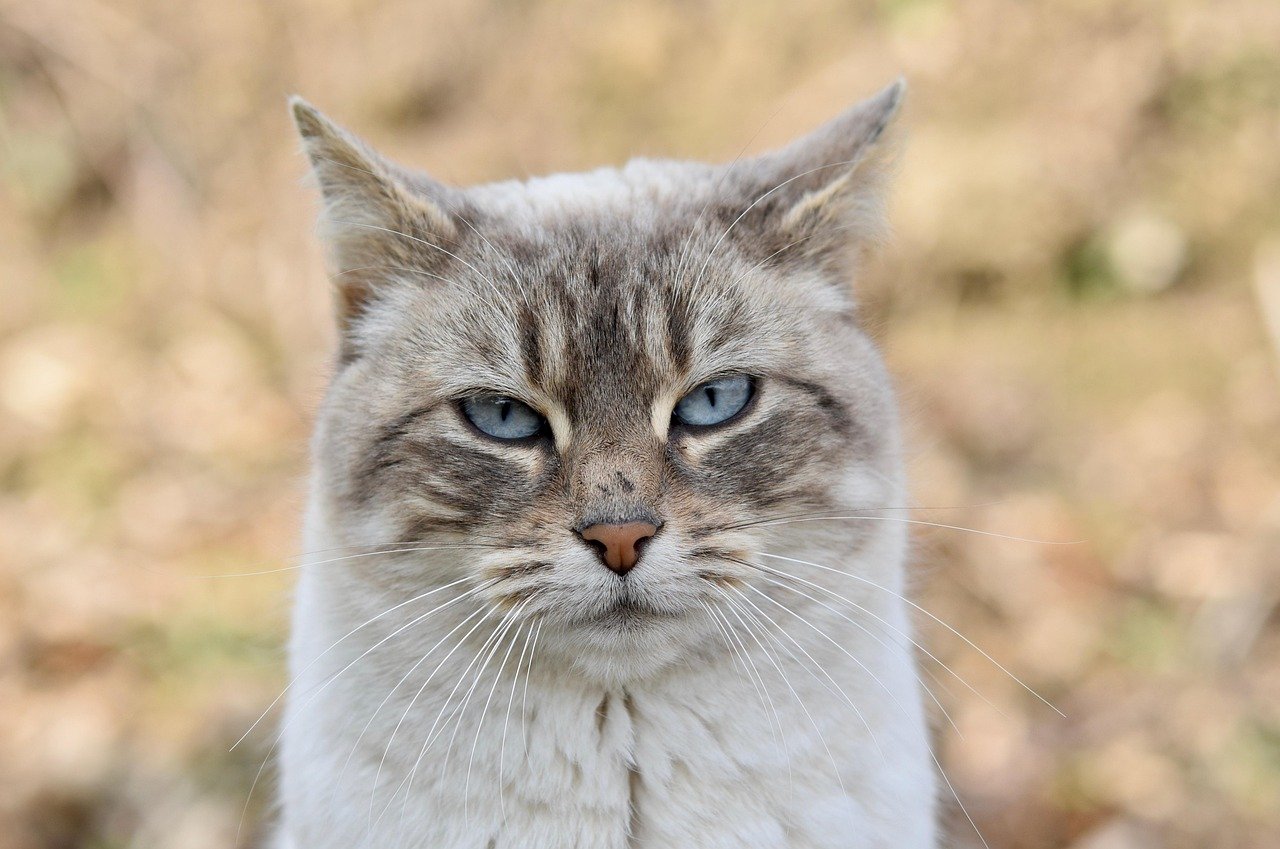While cats can absolutely form close bonds with their humans, science suggests they don’t express affection the same way dogs do—and that’s okay. Unlike dogs, who crave constant attention and approval, cats tend to be more independent and reserved in their relationships. They might not follow you around or wag their tails, but that doesn’t mean they don’t care. Instead, cats show their love through subtle signs like slow blinking, gentle headbutts, or simply choosing to be near you. So while their style is different, it’s no less meaningful—it’s just a little more on their terms.
The Great Divide: Cats vs. Dogs in Social Bonds
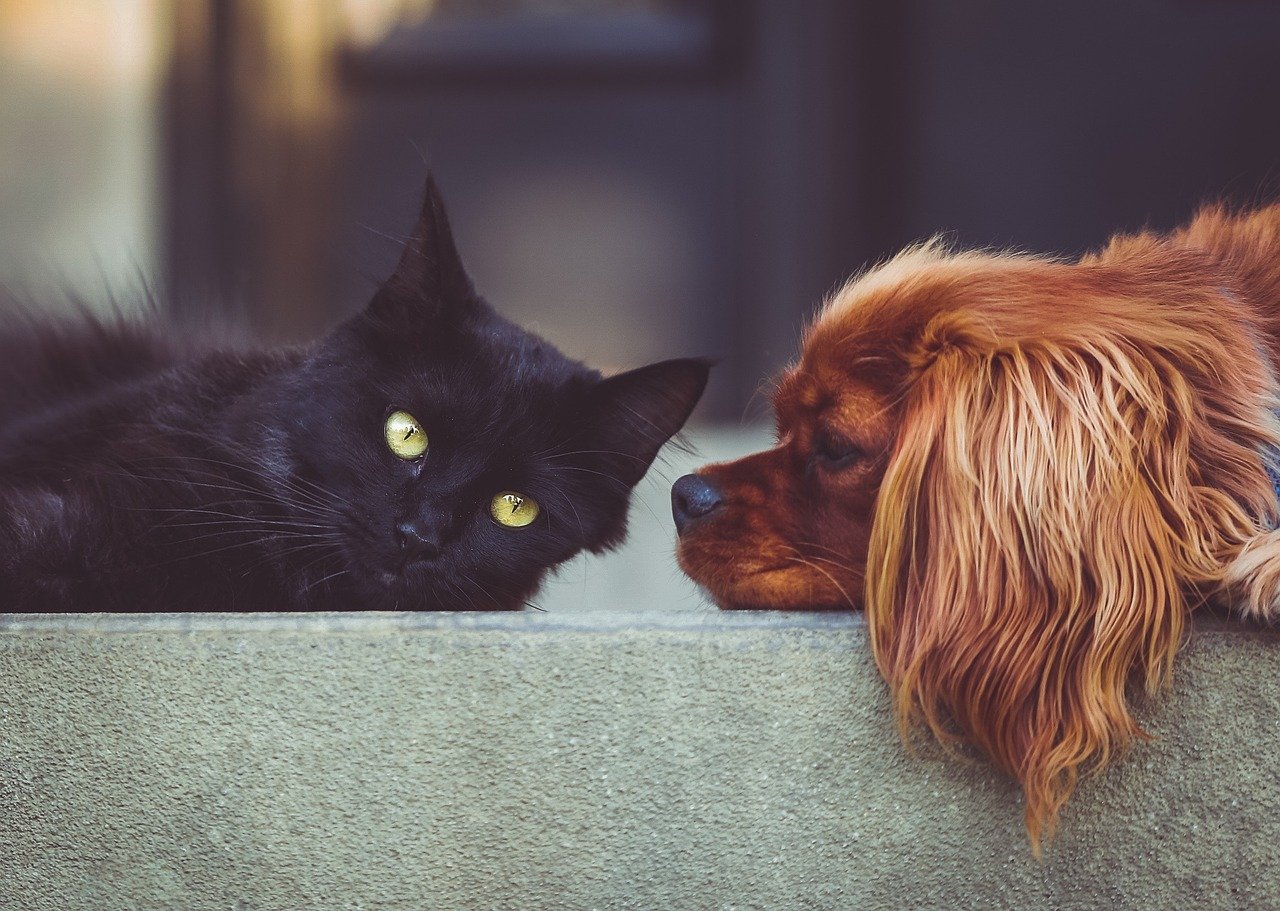
People have long compared cats and dogs, especially when it comes to affection. Dogs are famous for their obvious loyalty, wagging tails, and constant need for approval. Cats, on the other hand, are often seen as aloof, independent, and downright mysterious. Scientists have now shown that this isn’t just a stereotype—there’s real biology behind it. While dogs view their humans as family, cats tend to be more self-reliant. They evolved as solitary hunters, not pack animals, so their social behavior is wired differently. This doesn’t make cats unfriendly; it just means they form bonds on their own unique terms.
Attachment Styles: Are Cats Really Attached to Us?
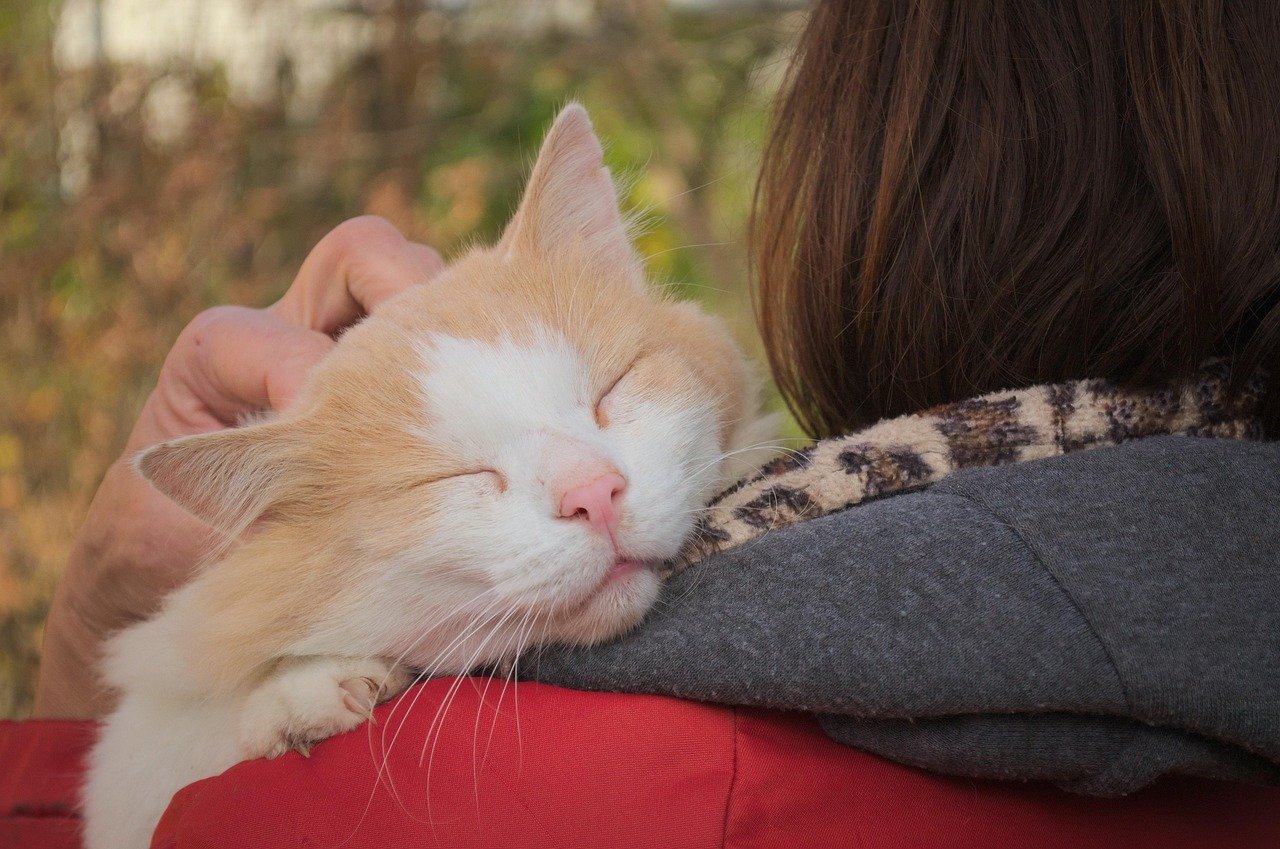
It’s tempting to think your cat is attached to you, especially when they curl up on your lap. But when researchers put cats through the same attachment tests used for dogs and babies, they found that most cats don’t show the classic signs of attachment. Dogs often look to their owners for comfort and reassurance, but cats are less likely to seek out humans when they’re stressed. Instead, many cats prefer to handle situations alone. Some do form strong attachments, but it’s far less universal than with dogs. Does this mean your cat doesn’t care? Not at all—it just means their way of caring is a little harder to spot.
The Science of Cat Brains: Wired for Independence
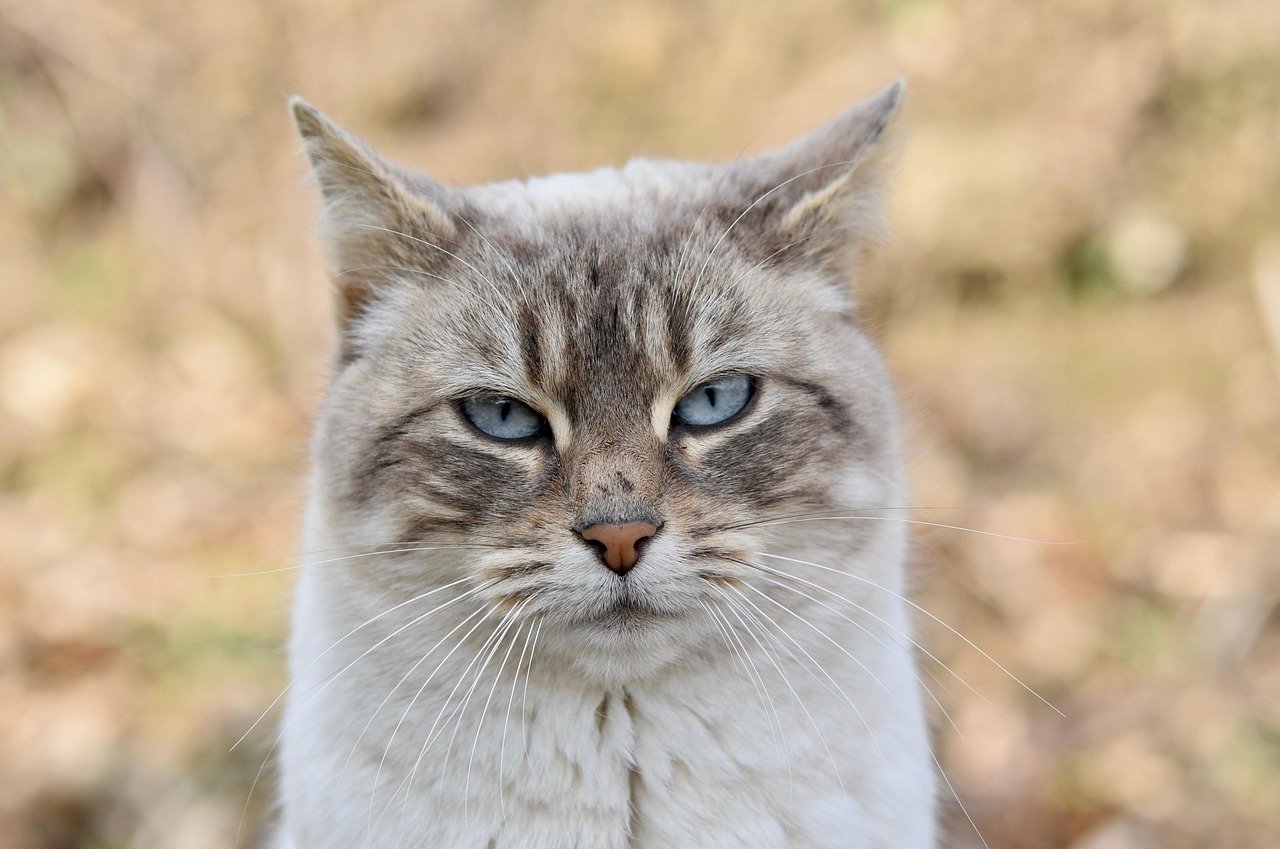
When you peek into the cat brain, the story gets even more interesting. Cats’ brains are built for solo living. They have fewer neural pathways dedicated to social interaction, compared to dogs. Instead, their brains are fine-tuned for hunting, exploring, and surviving on their own. Unlike dogs, who were bred for teamwork and cooperation with humans, cats have always been their own bosses. This independence is part of what makes them so intriguing—and sometimes frustrating. If your cat seems to ignore you, remember: it’s just their nature.
Reading Cat Body Language: Affection or Ambivalence?
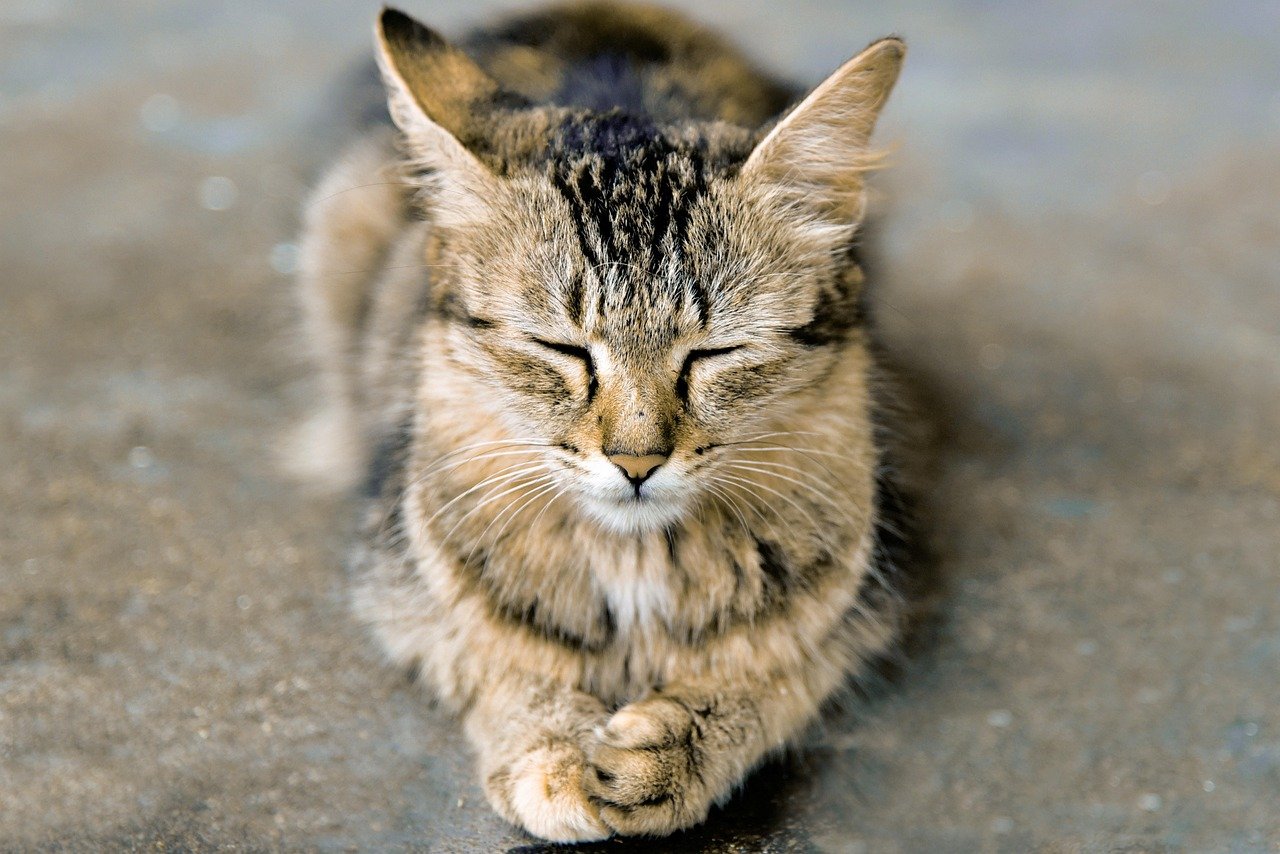
Cat owners often struggle to figure out what their pets are thinking. Is that slow blink a sign of love, or is your cat just sleepy? Unlike dogs, who make their feelings clear with wagging tails and happy barks, cats use subtle signals. A flicking tail, a twitching ear, or a gentle head bump can all mean different things. Sometimes, affection looks like indifference. For example, a cat might sit quietly in the same room as you, showing they feel safe—without needing to climb all over you. Learning to read these signals can help you appreciate your cat’s unique way of showing they care.
History Lessons: How Cats Became Our Companions
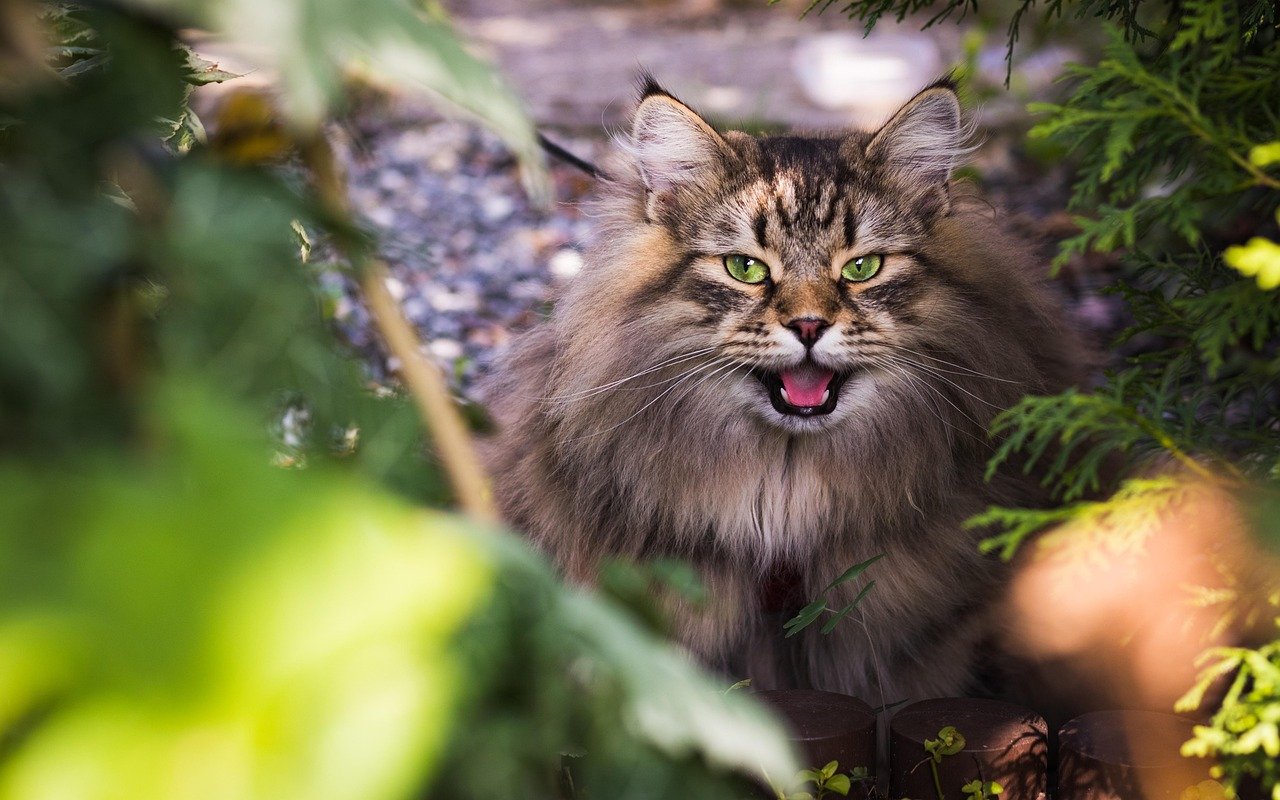
Thousands of years ago, cats and humans struck up a partnership—but it was never quite the bromance that humans have with dogs. While dogs were domesticated to work alongside people, cats simply started hanging around human settlements, attracted by the easy meals rodents provided. Humans tolerated them because they kept pests at bay. Over time, some cats became friendlier, but their core independence never changed. Unlike dogs, cats weren’t bred for obedience or companionship. That ancient distance still shapes their behavior today.
Food or Friendship: What Do Cats Really Want?
Let’s be honest—sometimes it feels like your cat loves you most when you’re holding a can of tuna. Science backs this up: cats are far more motivated by food than by social interaction. In experiments, when given the choice between human attention and a tasty treat, most cats go for the food. This doesn’t mean they’re heartless; it’s just their instincts talking. They’ve evolved to survive by looking out for themselves. Still, some cats do choose their humans over snacks, proving that affection is possible—just not guaranteed.
Vocalizations: Meows Are Just for Us
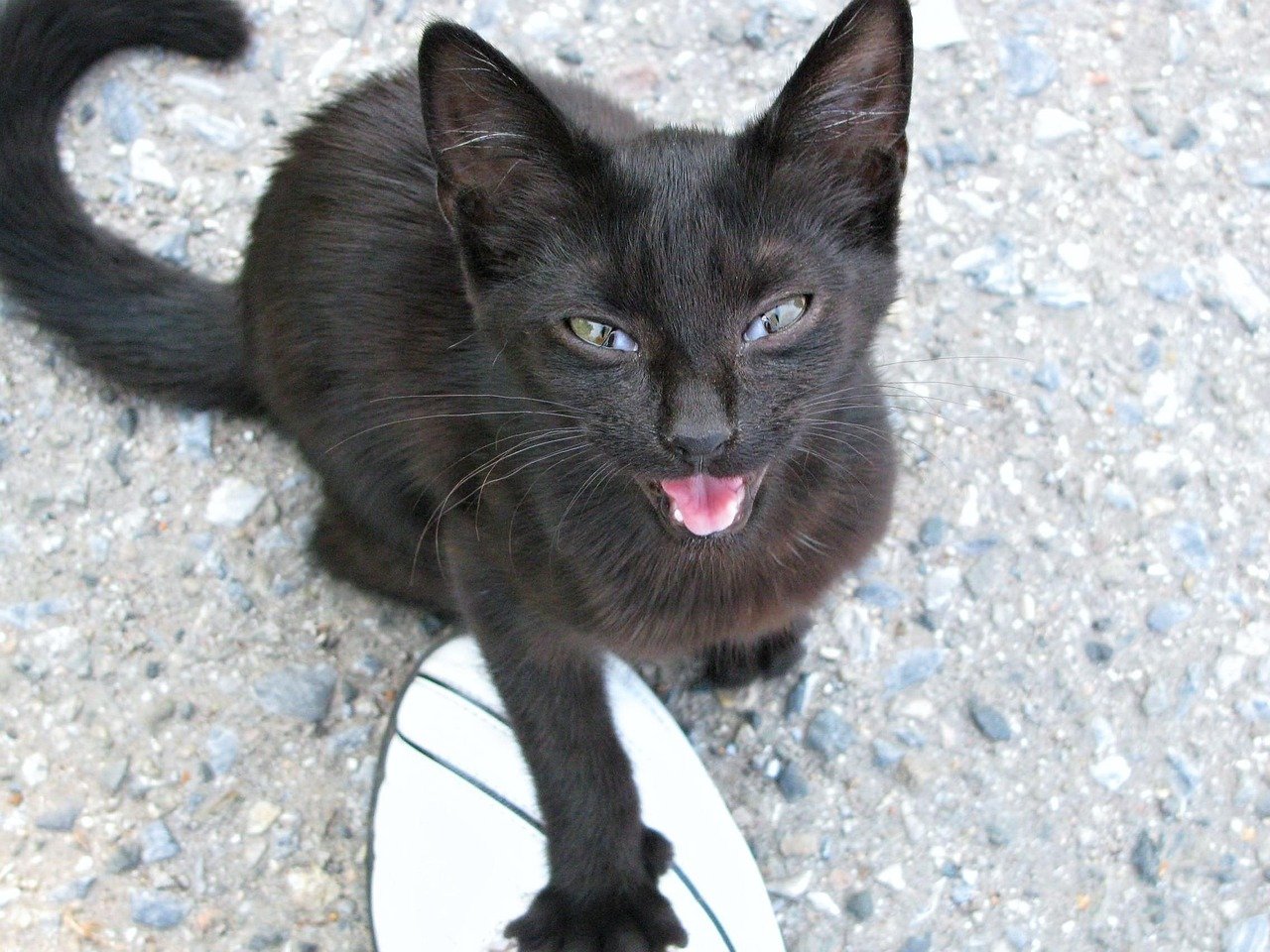
Here’s a twist: while cats may not adore us in the same way dogs do, they have developed special ways to communicate with humans. In the wild, cats rarely meow at each other. But domestic cats use a whole range of vocalizations to get attention from people. From pleading meows to chirpy greetings, cats have learned how to “talk” to us. It’s a sign that, even if they’re not obsessed with us, they’re willing to make an effort. This unique form of communication is a little love letter—if you know how to listen.
Trust Takes Time: Winning a Cat’s Heart
If you want your cat to trust you, patience is key. Unlike dogs, who often bond quickly, cats make you earn their loyalty. They need to feel safe before they show affection. This can mean weeks—or even months—of gentle interaction, respecting their boundaries, and letting them come to you. But when a cat finally chooses to curl up next to you, it’s something special. That hard-won trust can feel even more precious because it’s never guaranteed.
Play Behavior: More Than Just Fun and Games
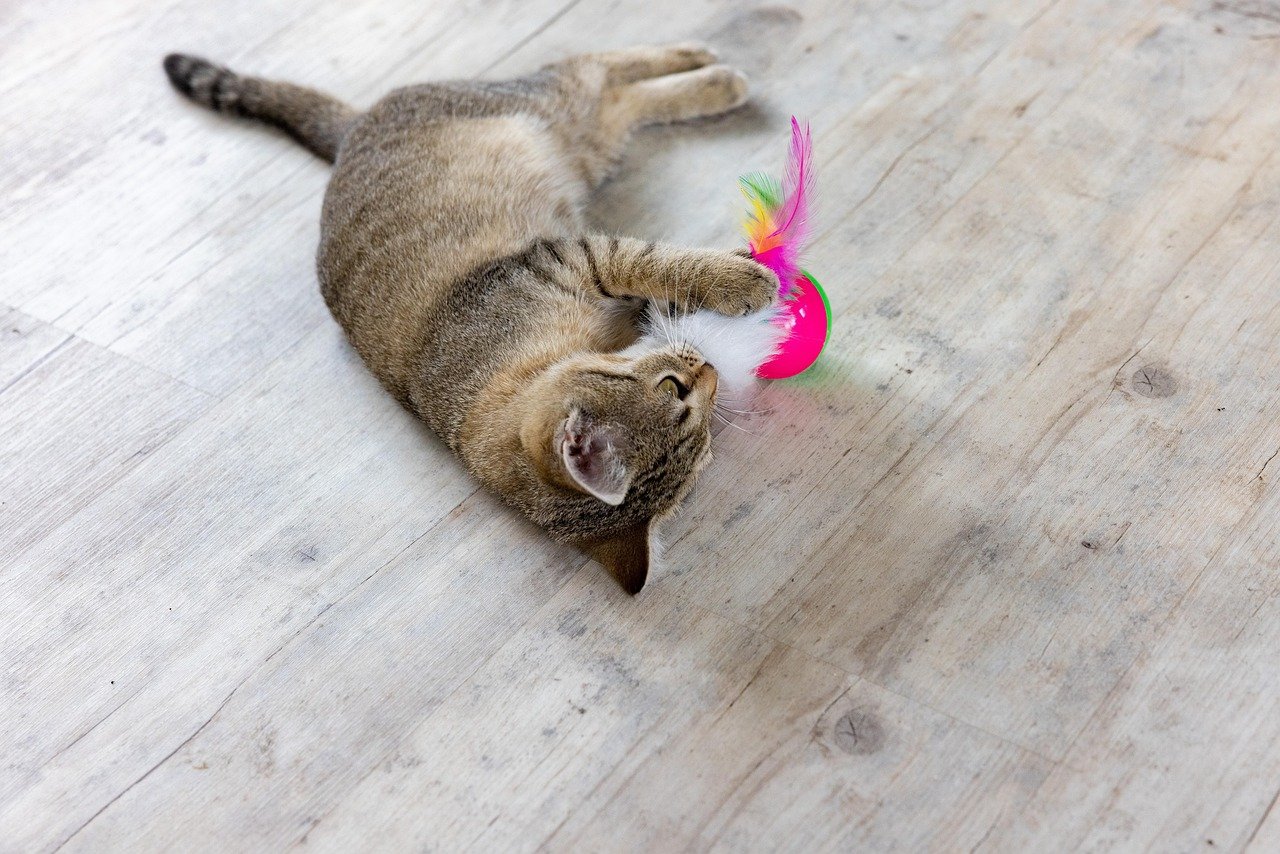
Playtime isn’t just about burning energy—it’s another way cats connect with their humans. When your cat pounces on a dangling string or chases a laser pointer, they’re sharing a moment with you. While they might not crave constant attention, they do enjoy interactive games. These sessions help strengthen your bond, even if your cat still likes to disappear for quiet naps. Play is how cats express their hunting instincts, but it’s also their version of quality time.
Sleeping Habits: Sharing Space, Not Always Affection
You might find your cat asleep on your bed, but don’t assume it’s always about love. Cats seek out comfy, warm spots—and your bed is often the best option. Still, some cats do choose to sleep close to their humans, which can be a sign of trust. If your cat kneads you with their paws or curls up beside you, take it as a compliment. It means they feel safe in your presence, even if they’re not glued to your side like a loyal pup.
Cats and Children: A Delicate Relationship
Cats don’t always know what to do with children, who can be loud and unpredictable. Unlike dogs, who often adore kids, cats may keep their distance or hide. But with gentle handling and patience, cats can form strong bonds with young family members. Children who learn to respect a cat’s boundaries often become their favorite humans. It’s a relationship built on trust, not demand for constant attention.
Understanding the Unique Cat-Human Bond
Cats may not crave human affection the way dogs do, but that doesn’t mean they’re incapable of love. Their bond is quieter, more reserved, and sometimes downright mysterious. Each cat is unique—some are cuddly, others are distant, but all have their own ways of connecting. The joy of sharing your life with a cat comes from learning to appreciate these subtle signs and respecting their boundaries. After all, the greatest compliment from a cat is simply being chosen.
So, while cats may not gush over us like dogs do, that doesn’t mean they don’t care. Their love is quieter, more subtle—like a soft purr when they curl up next to you or a slow blink across the room. It’s all about trust and comfort on their terms. Understanding this difference helps us appreciate our feline friends for who they truly are. After all, love doesn’t have to be loud to be real.

